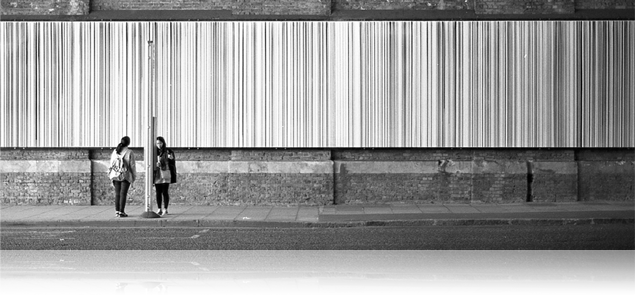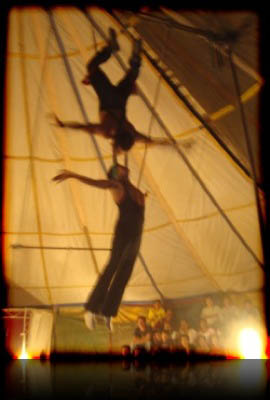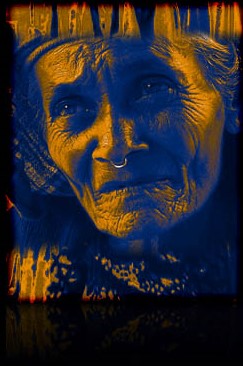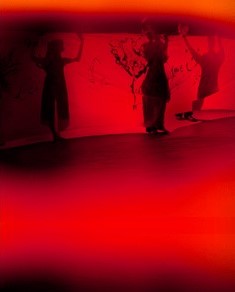The Lonely City
DOI:
https://doi.org/10.25071/1913-5874/37368Abstract
In a world of over 7 billion people, over half live in cities. The city is its own ecology—a container holding individuals together and providing them with chance, opportunity, needed work. But the city can also be lived as an enclosure—a series of enclosures. I moved into a room in Brixton and stared out my window at the apartments across the street for weeks. My voyeuristic gaze made me think about (dis)connections. About interiority and exteriority. Outside, it takes organization to come into contact with somebody I recognize. At the bus stop, you can stand close and not exchange a word. It is easy to go unacknowledged.
This city is a place of strangers. It can feel cold, especially when its hustle and bustle is strangely absent, yet eerily prevalent. It is lonely and familiar at once. It is touchingly ugly. Commonly used spaces seem desolate, banal objects get discarded, people become the consumed. The Lonely City questions ideas of engagement and disengagement, inviting you in even as it makes you know you should probably want out.





